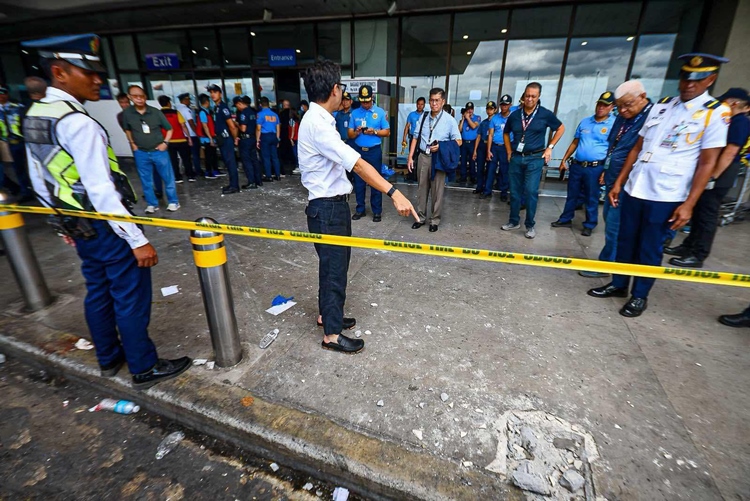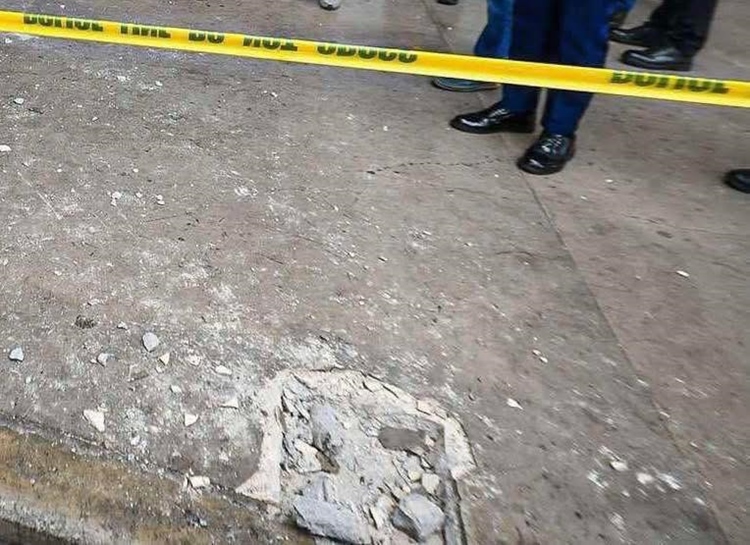Corruption Blamed for NAIA Bollard Failure
CORRUPTION KILLS! – A bollard at the Ninoy Aquino International Airport (NAIA) Terminal 1 has come under intense scrutiny after it failed to stop an SUV that crashed into the departure area on Sunday, May 4, 2025, resulting in the deaths of two people.
The tragic accident quickly went viral after netizens pointed out that the safety barrier—intended to protect pedestrians from vehicles—appeared to have been poorly installed. Photos circulating online showed that the bollard had been embedded shallowly into the ground, leading many to question the integrity of the installation and the quality of government infrastructure projects.
Experts explained that bollards, when properly anchored, can absorb or deflect the force of an incoming vehicle. In this case, however, the weak installation allowed the SUV to break through with little resistance, causing devastating consequences. The failure triggered an emotional response on social media, with users calling it a preventable tragedy and blaming it on corruption, cost-cutting, and substandard public works. Comments ranged from “Life saver kung inayos” to “Proyekto ‘yan ni FPRRD, kinorap nang malala!”

While NAIA officials have yet to issue a full statement on the bollard issue, they previously said they are prepared to cover damages for those affected. On May 5, just a day after the incident, airport management acted quickly by replacing the damaged bollard at the drop-off point in an effort to restore safety and public trust.

Transportation Secretary Vince Dizon confirmed that the airport authority is now working with San Miguel Corporation to investigate the failure. This incident has reignited discussions about accountability in public infrastructure projects, especially amid ongoing concerns about corruption in the Philippines. Transparency International’s 2023 report ranked the country low in anti-corruption efforts, highlighting how poor procurement practices can affect even life-saving infrastructure.
